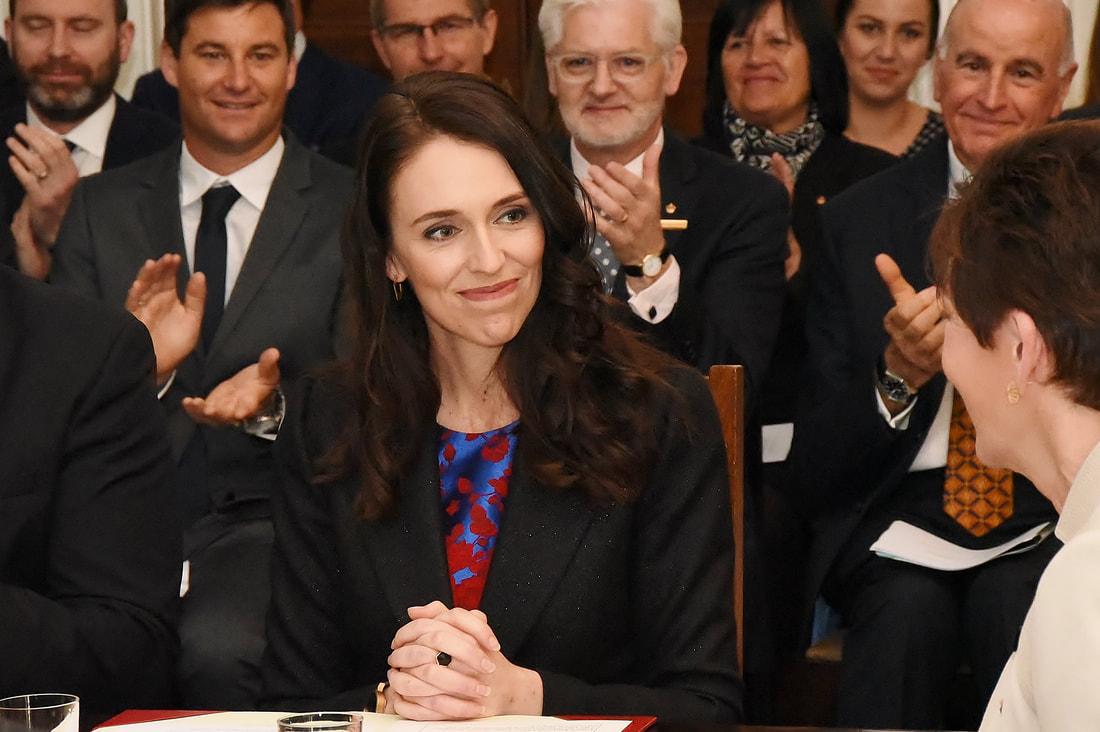|
By: L. Orduna Amidst the novel Covid-19 pandemic, many powerful countries have not fared well, losing many lives and plunging into deep economic debts in the process, such as Brazil and the U.S.A. However, there have been cases of small countries countering and preventing the large-scale consequences of the virus, such as New Zealand, which hasn’t had a death since May 28th. New Zealand has managed to remain with only 22 deaths and around 1,378 confirmed cases, being amongst the few nations to remain with such low number of cases.
There are many reasons to why New Zealand managed to declare themselves Covid-19 free so fast, the main reason being their fast reaction to the virus. The first case reported in New Zealand was on February 28th from a citizen who had returned from oversea travel. The first case was quarantined in the hospital and people in close contact were quarantined for 2 weeks. This was an attempt to contain the virus and prevent it from spreading further. Prime Minister Jacinda Arden said on March 14th that “We must fight by going hard and going early”, which was exactly what New Zealand did. On March 15th, New Zealand, which only had six cases at the time, demanded that all visitors had to be in mandatory quarantine for 14 days to ensure the virus was not spreading from visitors entering the country. Shortly, on March 25th, the nation went into a national lockdown and implemented early domestic social distancing with only 102 cases overall and no deaths. This allowed to prevent and controlled further spreading of the virus and prevent many deaths by using extreme measures, something which most countries did not immediately do. Health authorities in New Zealand also never made compulsory the use of face masks based on the MOH’s scientific review of mask use for Covid-19, especially in New Zealand’s context. In April, after being able to somewhat control the spread of the virus, the nation moved to level 3 where takeaway food shops and some other business were allowed to re-open. In mid-May level 2 was installed as the disease is contained but there is still a risk of community transmissions. This allowed the population of New Zealand to have social gatherings up to 100 people and have much more freedom, however still social distance and wear face-masks. New Zealand was one of the first and only countries to be able to implement level 2 so immediately and safely. After being 17 days without any new Covid-19 cases, New Zealand moved to level 1 as the disease was contained at the time. However, in June two new cases were confirmed after almost 24 days without a single case and the amount of cases have begun to rise since then. Now, in August 30th New Zealand has returned to level 2 until further reviewed on September 6th. In order to maintain this, borders have also remained close for foreigners (even when in Level 1) and returning residents have to be in quarantine for 14 days. This will allow foreigners to not spread the disease again in New Zealand (as most of the world is still in levels 4, 3 or 2. In times where thousands are dying from the relatively new Covid-19 virus, it is crucial to see other countries which have managed to limit the impact of Covid-19 in their nation and successfully deal with the virus overall. New Zealand being one of the few countries which managed to accomplish this, mainly due to their fast and effective methods.
0 Comments
Leave a Reply. |
AuthorWrite something about yourself. No need to be fancy, just an overview. Archives
September 2020
Categories |


 RSS Feed
RSS Feed